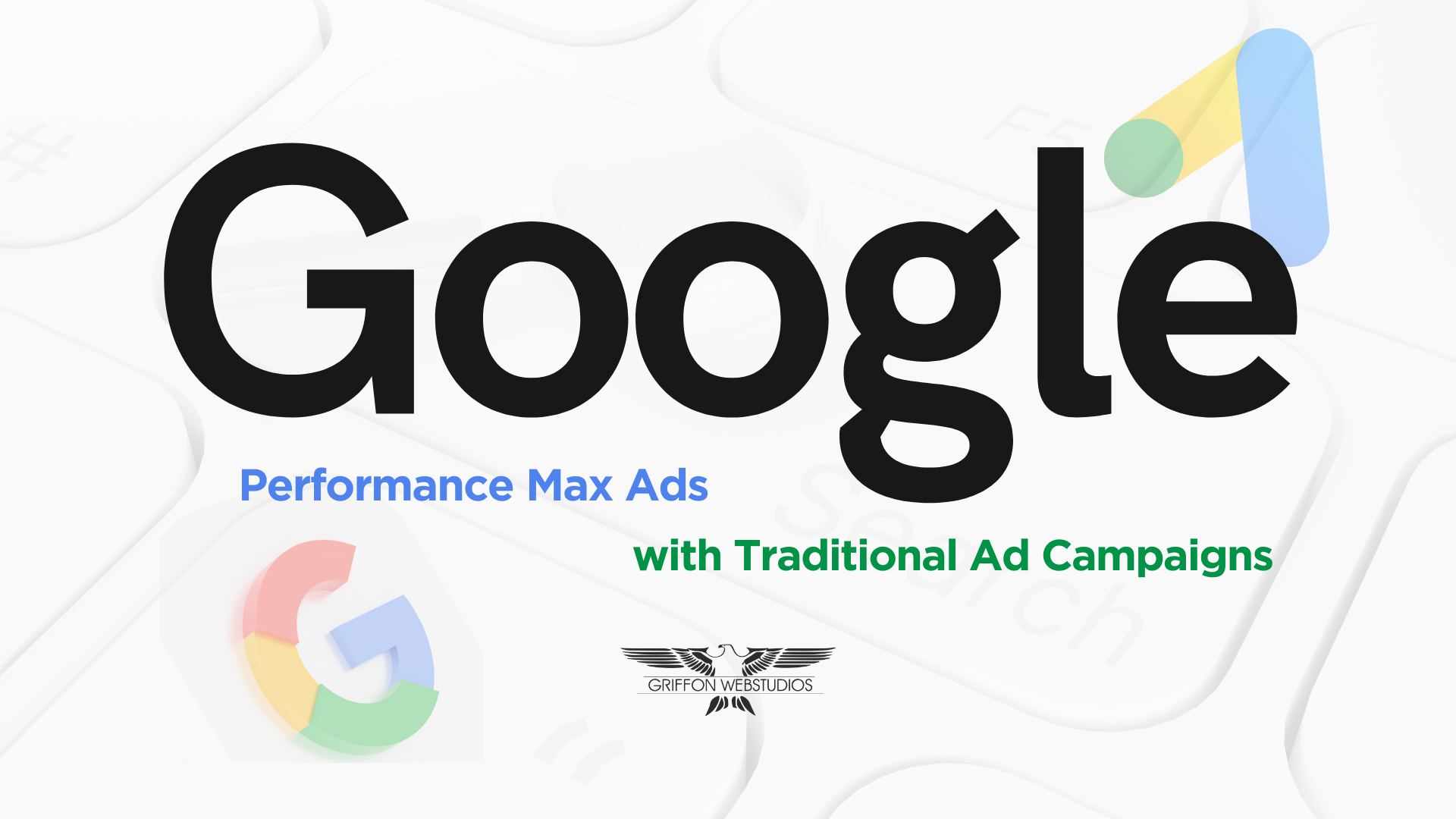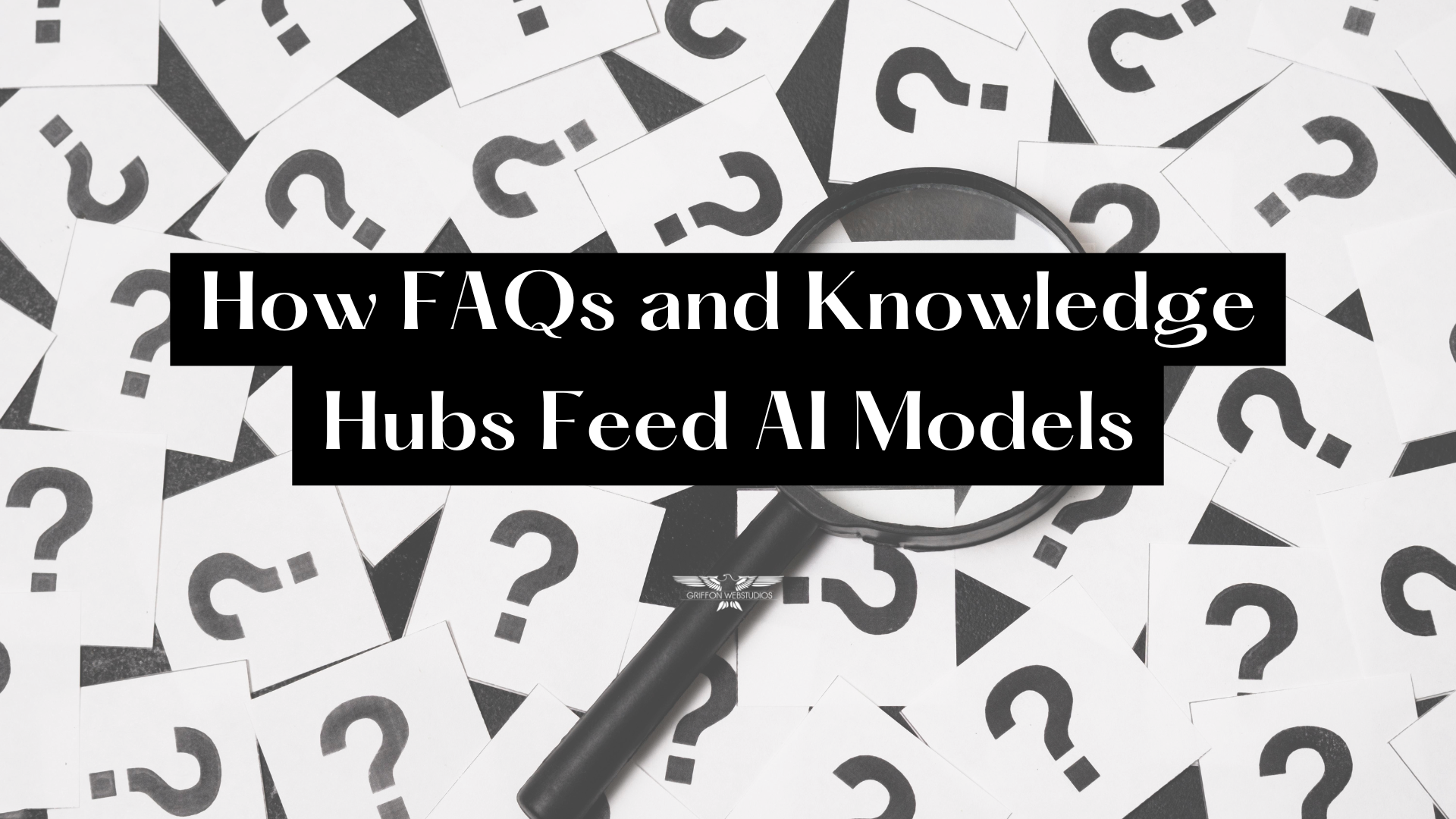Google has transformed the digital ads industry through their Performance Max (Pmax) campaigns. The campaign structure of Performance Max delivers automated optimization through artificial intelligence while providing multi-channel capabilities to achieve both efficiency and scalability.
Although PMax demonstrates strong automation and reach abilities its lack of transparency together with precision remains a major limitation. The system provides no ability to determine which advertising channels receive budget priority or to view specific search term data or separate effective marketing assets.
The successful advertisers today use PMax together with traditional Search, Display, Shopping and YouTube campaigns to achieve both automated performance and controlled management of intent and reach.
Understanding the Performance Max Campaigns
Performance Max operates as an AI-powered advertising solution which displays content across Search, Display, YouTube, Gmail and Maps platforms. The system applies machine learning algorithms to locate users with strong buying intent before delivering their best-performing assets from your asset group. It operates with efficiency but users must sacrifice both control and visibility.
Also, it does not show which keyword caused an ad to appear. The system fails to reveal which platform generated the conversion event. You cannot manage the budget distribution across specific channels. When you depend solely on Pmax, you surrender control of the advertising direction to Google while expecting positive results.
When you integrate PMax with traditional campaigns you gain access to both AI-based scaling capabilities and detailed data monitoring functions.
Combining PMax with Search Campaigns for High-Intent Control
Imagine you run a wellness brand that provides individual holistic health coaching services and distributes digital wellness journals and detox plans and guided meditation bundles.
The Strategy:
Imagine you run a wellness brand that provides individual holistic health coaching services and distributes digital wellness journals and detox plans and guided meditation bundles.
Your team discovered that the search terms “online wellness coach,” “nutritionist for stress relief” and “holistic health coaching near me” bring in qualified leads who intend to schedule consultations or purchase products instantly.
To capture this high-intent traffic with precision, you launch a Search campaign targeting these keywords using Exact Match. This gives you full control over ad copy, landing pages, ad extensions (like scheduling or reviews), and bid adjustments for specific demographics or devices.
At the same time, you run a Performance Max campaign that includes a broader set of wellness-related creatives and signals. This campaign is designed to reach users who may not be searching for a wellness coach explicitly but are browsing YouTube videos about burnout, reading blog articles on gut health, or using mobile apps related to sleep tracking.
Performance Max might show them a Display ad about your “7-Day Wellness Reset” or a YouTube bumper ad introducing your brand. If they engage, the campaign may then follow up with tailored search ads, Google Discover cards, or Gmail promotions nudging them toward your digital store or booking page.
To avoid duplication or ad spend conflict, you work with your Google rep to exclude Exact Match branded and high-performing keywords from PMax, so that your Search campaign continues to dominate those terms without being cannibalized.
This layered approach ensures that your Search campaign captures demand from people actively seeking your services, while PMax intelligently expands reach, nurtures new audiences, and optimizes for conversions across multiple channels without stepping on each other’s toes.
Structuring PMax with Shopping and Display for E-commerce
Let’s say you run an e-commerce company selling fitness gear. Your top products- dumbbells and resistance bands delivers a consistent high ROAS on standard shopping campaigns.
The Strategy:
Instead of migrating everything to PMax, you keep these high-performers in a Standard Shopping campaign where you can control bidding, budget, and visibility. You use custom labels in your product feed (e.g., Top Performer) to isolate them.
Then, you run a Performance Max campaign for your broader catalog- say, yoga mats, foam rollers, or gym bags where you want to test reach and allow AI to find new audiences.
For upper-funnel traffic, you launch a Display campaign with custom intent targeting (e.g., “home workout routines”) to build brand awareness. The Display campaign feeds traffic into PMax’s remarketing loop, where PMax can then optimize toward conversions using video, dynamic product ads, and responsive search ads.
By keeping Shopping, Display, and PMax distinct but complementary, you get full-funnel coverage with both control and scalability.
Balancing YouTube Campaigns with PMax for Full-Funnel Impact
Now imagine you’re promoting a mobile app for meditation. You’ve developed a compelling 30-second YouTube video explaining the benefits of your app.
The Strategy:
You run this video in a dedicated YouTube campaign, using skippable in-stream ads targeted to audiences interested in wellness, productivity, or mental health. You’re paying specifically for video views and engagement, not conversions.
Simultaneously, PMax uses that same video asset within its own ad formats. After someone watches your YouTube ad, PMax may remarket to them later with a search ad when they Google “best meditation apps,” or show a responsive Display ad on a lifestyle blog.
Because the standalone YouTube campaign builds awareness and the PMax campaign captures downstream action, the combination becomes a synchronized funnel—from exposure to consideration to conversion.
Griffon Webstudios – Google Partner
Check out our verified listing on the Google Partners Directory.
Budget Allocation: Let Performance Drive Decisions
The allocation of budget should prevent any campaign from stealing from other campaigns. Start with a balanced structure.
- 30% of budget to Exact Match Search campaigns for proven high-converting terms
- 40% to Performance Max for expansion and mid-funnel optimization
- 20% to YouTube or Display for awareness and intent generation
- 10% to Shopping for high-margin products or manual bidding control
When performance data becomes available you should adjust your approach. Use GA4 or Looker Studio dashboards to compare assisted conversions and audience behavior and asset group effectiveness across the campaigns.
Structure Is Your Strategy
Performance Max functions as a powerful tool which does not replace traditional advertising methods. The proper integration of PMax with your Search Display Shopping and YouTube campaigns enhances their reach and enables them to reach buyers at various stages of their journey.
Don’t leave your success entirely in the hands of automation. Build a multi-campaign architecture where Performance Max explores, and traditional campaigns execute. That’s the future of profitable Google Ads strategy.
Our team executes intricate Google Ads strategies through automated systems which provide exact control. We keep the platform updated while delivering measurable growth to our clients.








